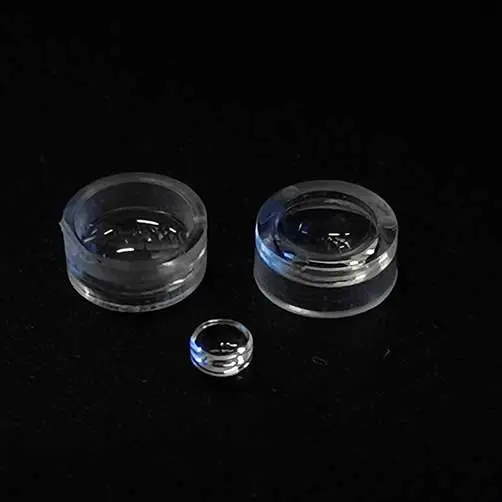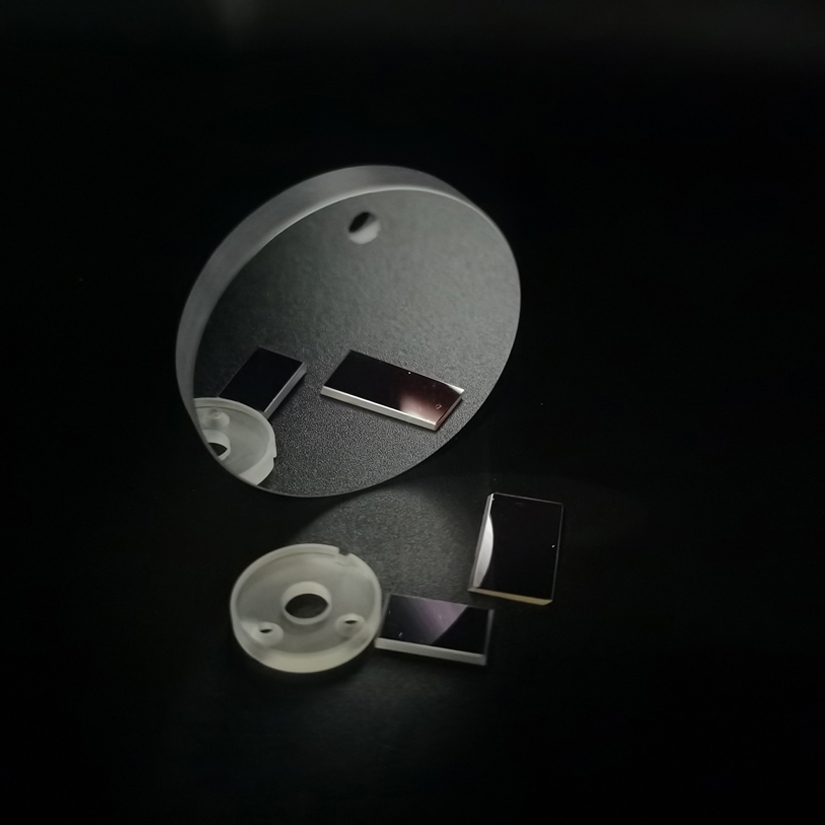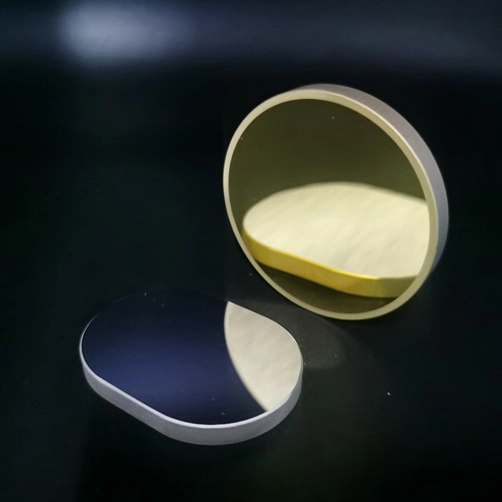
The sphere optical element of the motorized zoom lens has a constant curvature from the center to the edge of the element, and the surface is spherical; the asphere optical element has a continuous change in curvature from the center to the edge.
Aspheric optical components are widely used in aviation airborne equipment, satellites, laser guidance, infrared detection and other fields, and their applications in civil optoelectronic products are also becoming more and more popular.
Comparing the focused spot generated by parallel monochromatic light passing through spherical lens and aspheric lens, spherical lens blurs the image point due to spherical aberration, while the image point of aspheric lens is very clear.
Therefore, aspherical lenses can be used to correct aberrations instead of spherical lens groups. For example, a zoom lens that generally uses ten lenses can be used to replace five or six spherical lenses with one or two aspherical lenses.
The same or higher optical effects can be achieved, the production cost can be reduced, and the system can be lightweight and miniaturized.
And an optical system with a reduced number of lenses also reduces the mechanical tolerances, additional calibration steps, and AR coating requirements of the system, improving the overall usability of the system and reducing the overall system design cost.
The use of aspherical optical elements in the optical system can improve the performance of the system and reduce the number of optical elements, thereby reducing the quality of the instrument, reducing the volume and compact structure.
Therefore, it is often used in optical systems with large field of view, large aperture, high aberration requirements, small structural requirements, or special requirements. Aspherical optical elements have increasingly become a very important optical element due to their excellent optical properties.
At present, the processing methods for aspheric optical components mainly include:
1. Surface material removal method: CNC milling and polishing molding method, ion beam polishing method, magnetorheological polishing method, liquid jet polishing method, etc.;
2. Change the material shape method: glass hot pressing method, injection molding method, thermal sedimentation and curing molding method, etc.;
3. Additional material method: vacuum coating replication molding method, hybrid molding method, etc.
Among them, ultra-precision CNC milling and polishing is suitable for the occasion of producing a single aspherical lens at one time. With the improvement of manufacturing technology, its machining accuracy is getting higher and higher.
Computer-controlled precision polishing technology can automatically adjust the mainstream parameters of the tool for accurate polishing, other manufacturing techniques generally require a special mold, and each lens has its own unique mold.
But CNC milling and polishing uses standard tools, making it the first choice for prototyping and low-volume production applications.


